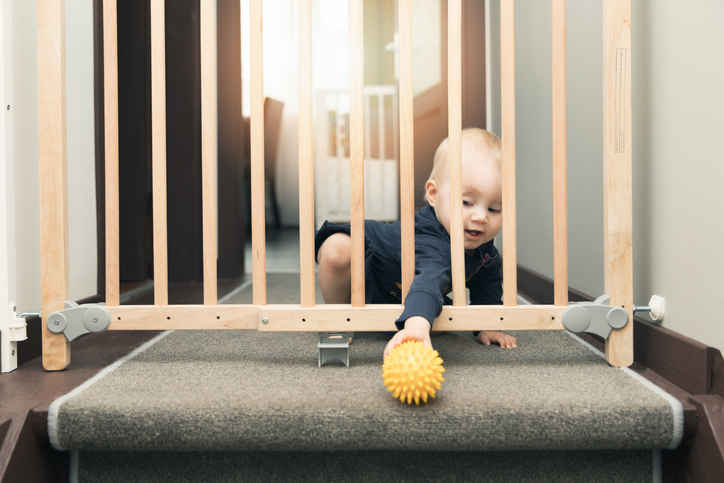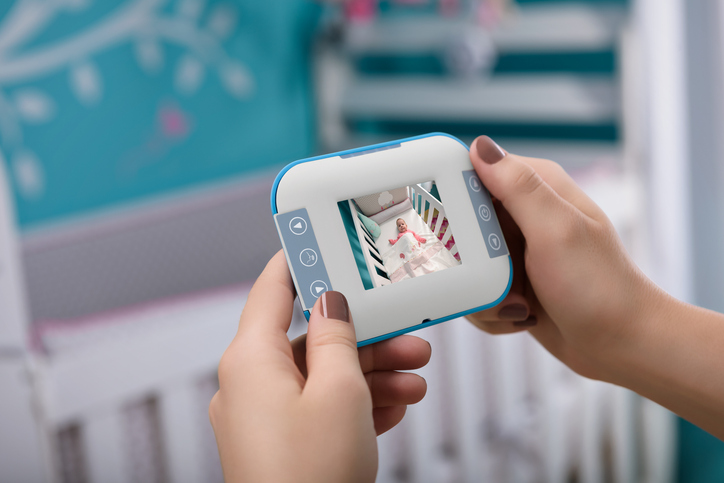When you bring your child home from the hospital, you hope that you’re bringing them into a safe environment. According to the CDC, however, 12,175 children die each year from accidents, with boys having a death rate twice that of girls. What’s more, there are some childhood risks particular to newborns and infants. SIDS (Sudden Infant Death Syndrome) is one, as are poisonings and traffic accidents. In fact, SIDS and accidents made up 12 percent of all cases of infant mortality in the US in 2013, the leading causes after the risks associated with pregnancy and childbirth itself.
Keeping your new girl or boy safe can be a challenge for parents, requiring smart decision making on many fronts, but knowing the basic rules of safety can help you keep your child safe through their newborn months and into infancy and beyond.
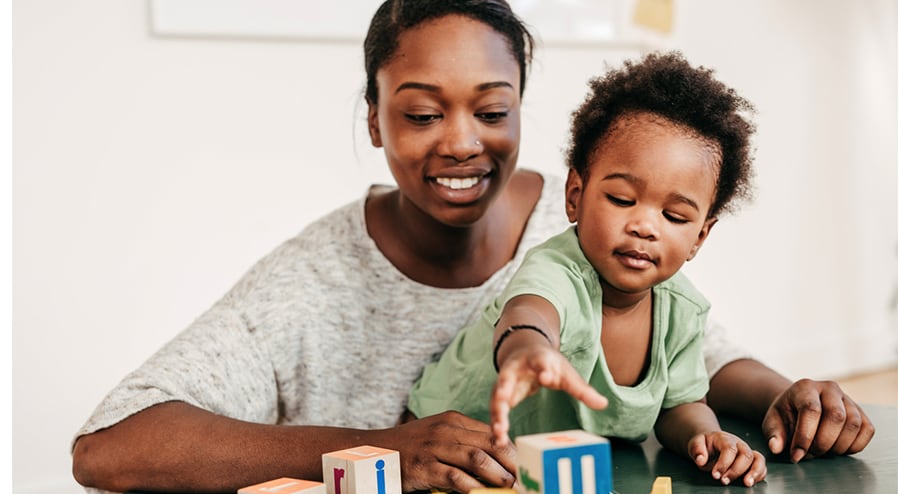
Nursery and Sleeping Safety
Crib deaths are divided into 3 groups: babies who die from SIDS, babies who die from suffocation, and babies who die from unknown causes. While it’s hard to protect your child from something as mysterious as SIDS, in recent years doctors and experts have made recommendations that have helped cut the rate of SIDS by around half. For example:
- Put your baby to sleep on his or her back and tell all caregivers to do the same. Make this a consistent rule and never put your child on his or her stomach to sleep, not even once.
- Remove all toys, blankets and pillows from the crib.
- Let your baby sleep with a pacifier if one is desired.
- Put your baby to sleep in the crib, not in the adult bed with you.
- Keep the crib away from heat sources.
- Maintain a cool temperature in the baby’s room.
- Do not overdress your child to keep him or her warm.
- Use a baby monitor to listen to your child during sleeping hours.
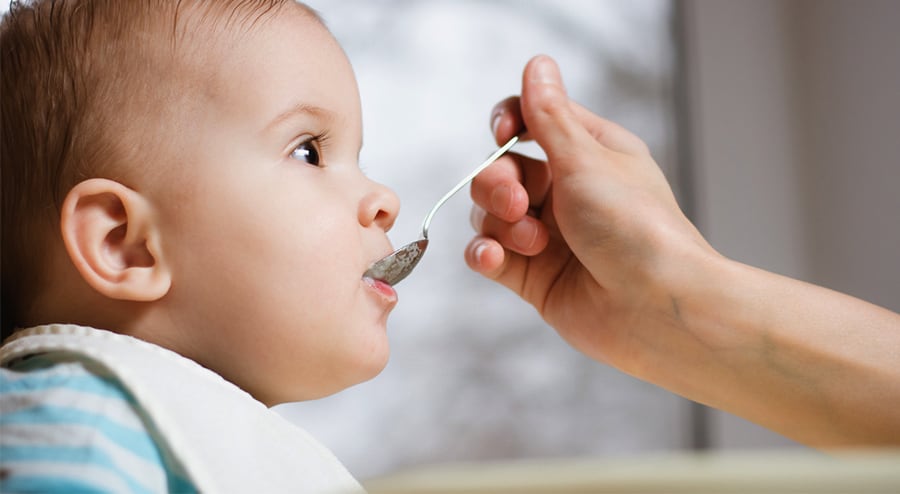
Eating Safety
Babies under one year of age are at the greatest risk for choking. Taking a CPR course with a focus on small children may help you rescue your child from choking; local Red Cross organizations and YMCA’s may offer these courses. Taking the following precautions, however, may prevent you from ever having to call on your training:
- Never allow your child to eat alone.
- Have your child sit up while eating.
- If you feed your child a hotdog, cut it into long strips, like a noodle.
- Cut all grapes into small chunks, and do the same for anything the size of a grape (including vegetable chunks, candies, popcorn, etc.)
- Control portion sizes.
- Avoid feeding your child sticky foods like fruit leathers.
- Never give your baby cherries without removing the pits.
- Do not allow your child to run while eating.
In addition, babies and young children are more vulnerable to food poisoning than older people because their immune systems are less developed. To be safe, avoid feeding your child the following items:
- Unpasteurized juice.
- Undercooked eggs or foods containing raw eggs.
- Honey.
- Undercooked or raw meat.
Car Seat Safety
Car seats are critical for keeping your baby safe in a motor vehicle. Following the car seat installation instructions is very important, as an improperly installed car seat can put your baby at risk. Modern car seats can be buckled into the car via a LATCH system in which straps or buckles are used to attach to latches found between the cushions of the car seat. This may not work on older cars, so you may have to navigate the more complicated use of seat belts to keep the car seat in place.
Never install a car seat if you don’t have access to the safety instructions and are not sure what the proper installation entails. Other safety instructions include:
- Follow all car seat facing requirements. Keep your child rear facing until he or she is old enough or big enough to be front facing according to the car seat manufacturer. (If your child protests because they want to be able to see you while you drive, a strategically placed mirror can help.)
- Only use car seats that are right for your child’s age and weight.
Note that some police departments will show parents how to install their car seats properly. To find out more, contact your local police department.
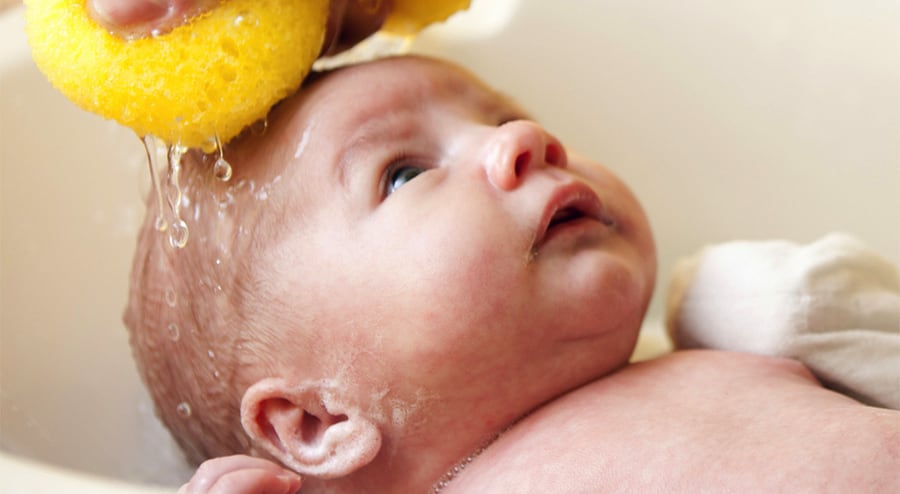
Bathing Safety
Bath time safety can prevent your child from drowning, and can make bath time special for you and your baby.
- Never leave your baby in the bath alone. If you must leave the room, and no one can watch your child in the bath, then bring your child with you.
- Put the water in the tub before putting in your baby to ensure that the final temperature of the water is the right temperature for your baby.
- Keep the level of the water at 2 to 4 inches.
- Check the temperature of the water with a thermometer. Babies like cooler water than adults.
- Protect the bathtub spigot with a cushion to keep your baby from bumping his or her head.
- Use hypoallergenic shampoos designed for babies. Watch for reactions to soaps and consult with a doctor immediately if your baby seems to have an allergy.
Smoke and Carbon Monoxide Safety
Smoke detectors sense smoke in the air and help protect your family from fires. Carbon monoxide detectors sense carbon monoxide and protect your family from death by carbon monoxide poisoning. Combination detectors will do both at once, but if you do not have a combination detector, then you should have one of each type in various positions around your home. In addition:
- Place a smoke and carbon monoxide detector inside the baby’s bedroom.
- Check the batteries regularly, unless the detectors are hard wired to the house.
Toy Safety
In 2010, there were more than 250,000 toy-related injuries brought to emergency rooms in the United States. To avoid becoming one of these statistics, do the following:
- Never give your child toys that are not appropriate for his or her age.
- Avoid toys with small magnets that can be swallowed.
- Avoid toys with long cords.
- Never give a child under three a toy that can fit in his or her mouth.
- Supervise children with small toys.
- Take away toys that have splintered or that feature peeling paint.
- Follow all safety and manufacturer instructions when giving your child a toy.
Stay Educated
Talk to your child’s doctor about household safety and read safety pamphlets regarding child safety. Follow all manufacturer instructions, and do what you can to follow the advice of safety experts. You want to make your home the safest place possible as your child begins its life, and with a little education and a little effort, you absolutely can.



